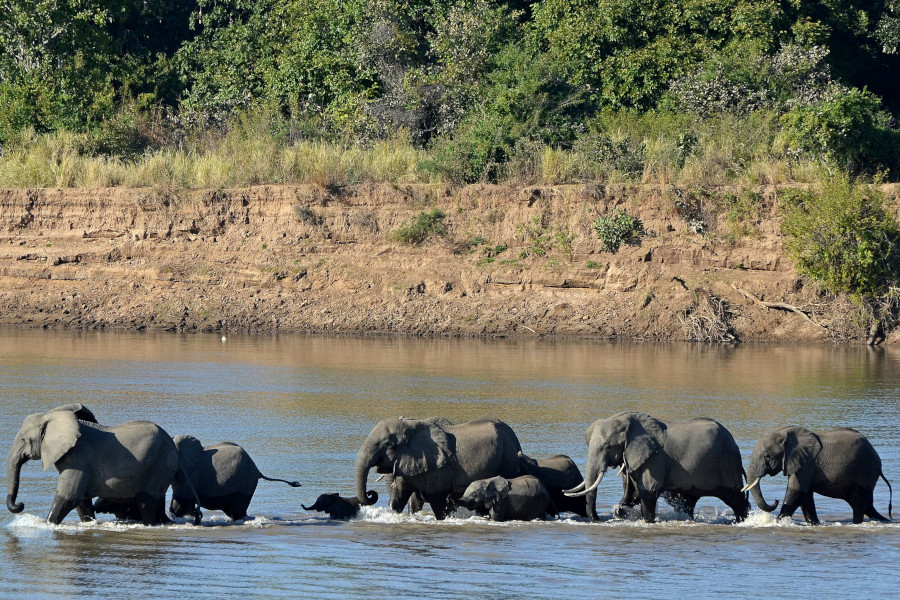The Luangwa Valley, Eastern Province of Zambia
Period: August to November
In this tour, we learn about how the Luangwa Valley and River in Zambia’s Muchinga, Central and Eastern provinces provide a lifeline for one of the greatest diversities of habitat and wildlife in the world. Concentrates of game along the meandering Luangwa River and its lagoons are amongst the most intense in Africa. At the southern most of three national parks is the South Luangwa National Park which is a world-renowned wildlife haven. The park also marks the end of the Great African Rift Valley. South Luangwa has by far the largest concentrations of Hippo and Crocodile in the world. It is also home to the first ever walking safari in the world. The bird watching here is so amazing. This park is Zambia’s most attractive and offers a variety of species. It is also on this trip that we shall learn about the work of conservation pioneers like Norman Carr
And for the first time ever on this route we stop over at The Luangwa Bridge 250kms east of Lusaka to learn about its rich history. The First Luangwa Bridge was built in Zambia’s colonial era in 1932 as a narrow 300 m long wide steel and reinforced concrete deck on concrete piers and columns, financed, like the Chirundu Bridge and Beit Bridge by the Beit Trust. Its proximity to Mozambique (about 2 km) and Rhodesia (60 km), as well as its status as the only access point within the country for Zambia’s Eastern Province, made it strategically vulnerable in any conflict. After Zambia’s independence in 1964, President Kenneth Kaunda’s support for freedom fighters in neighbouring countries led to the bridge being destroyed in revenge.
The Second Luangwa Bridge (opened in 1968) was built quickly above the first, with aid from Britain which had been the colonial power in Zambia. It is a cable-stayed bridge designed by Freeman Fox & Partners and built by the Redpath Dorman Long. It has a composite steel-reinforced concrete deck 9.8 m wide, two H-shaped steel pylons 42 m tall on two reinforced concrete piers, and steel cables. The main span is 222 m with approach spans of 40 m each.
In 1979 the military of Zimbabwe-Rhodesia destroyed the bridge as well as the Chambeshi road and rail bridges in order to stop the planned invasion of their country by the Zimbabwe People’s Revolutionary Army (ZIPRA).
After another two decades of use, the bridge was rehabilitated under a project of the National Road Fund Agency funded by Danish aid.

